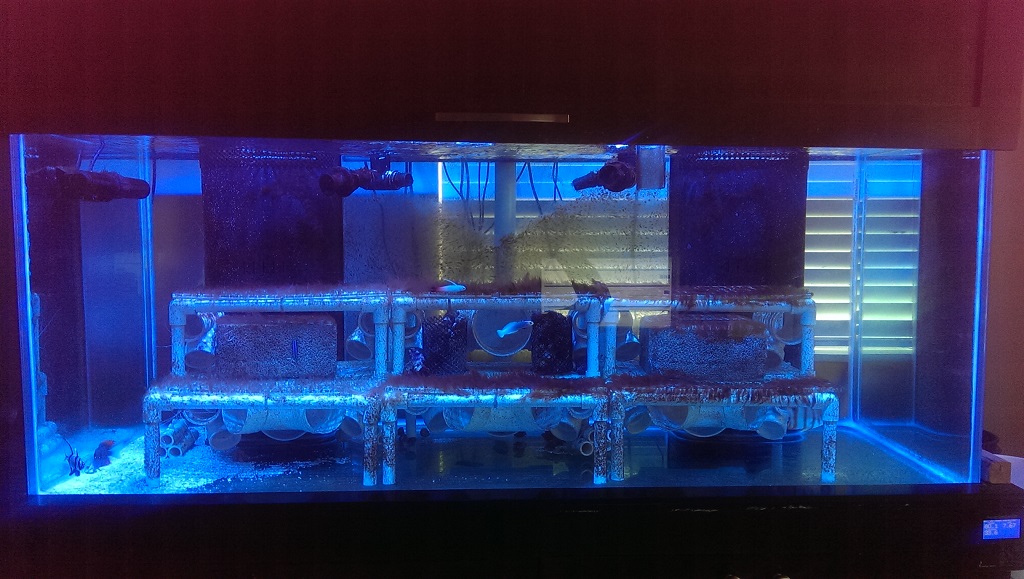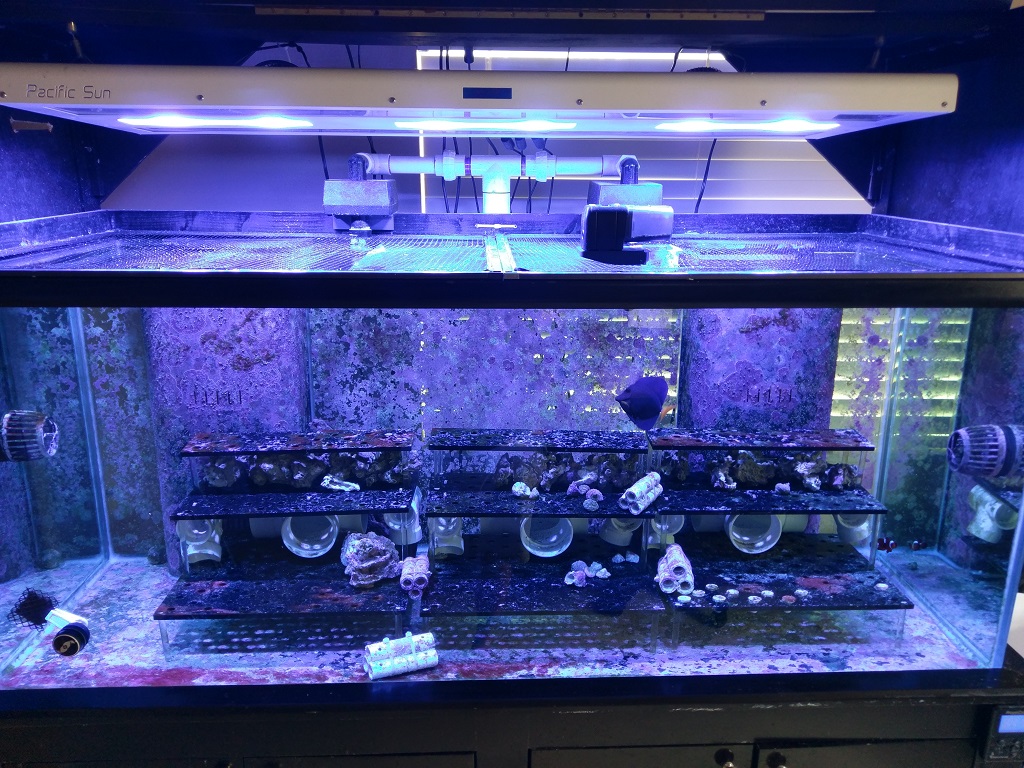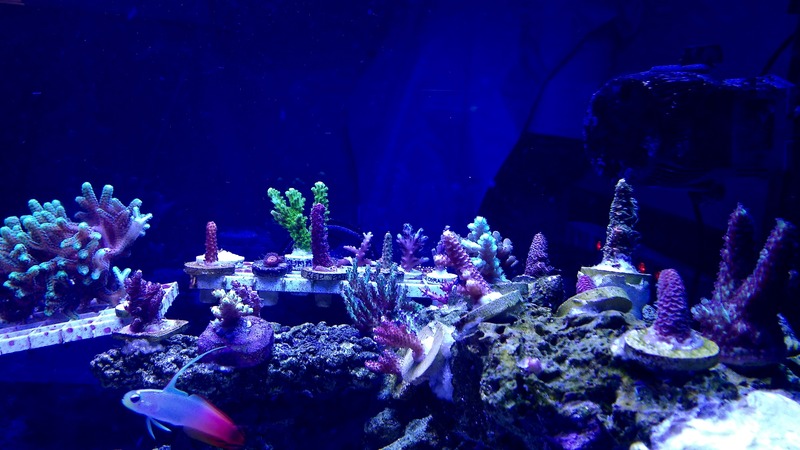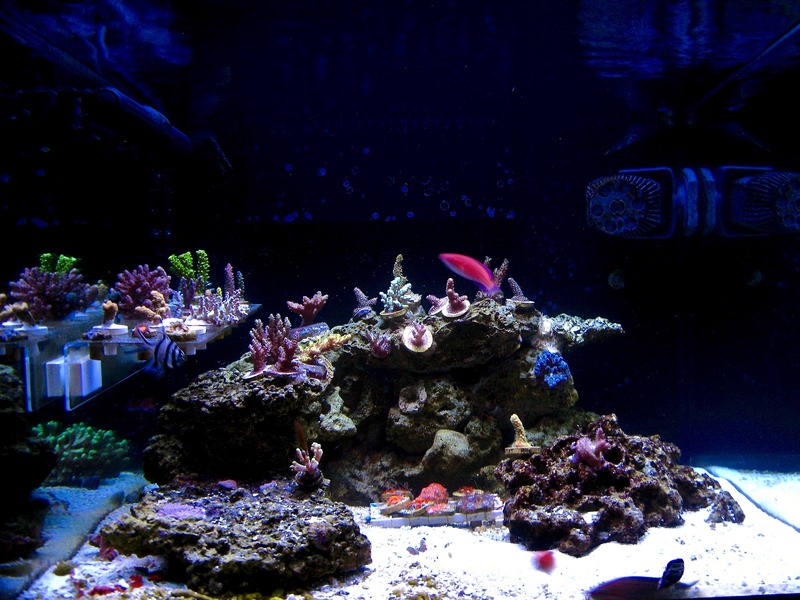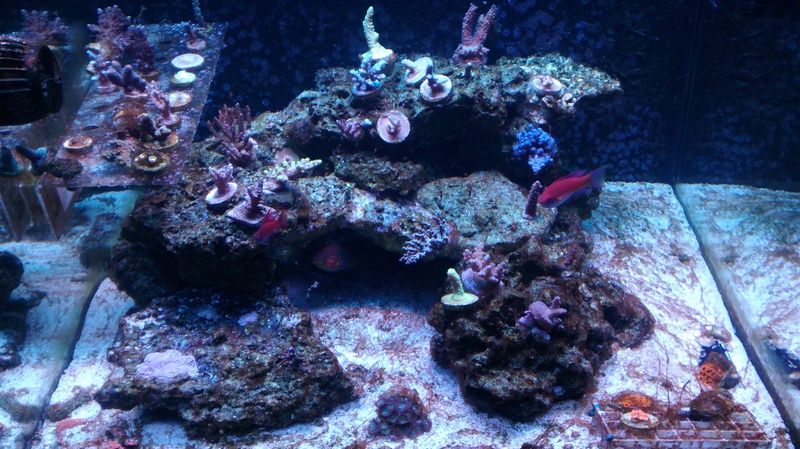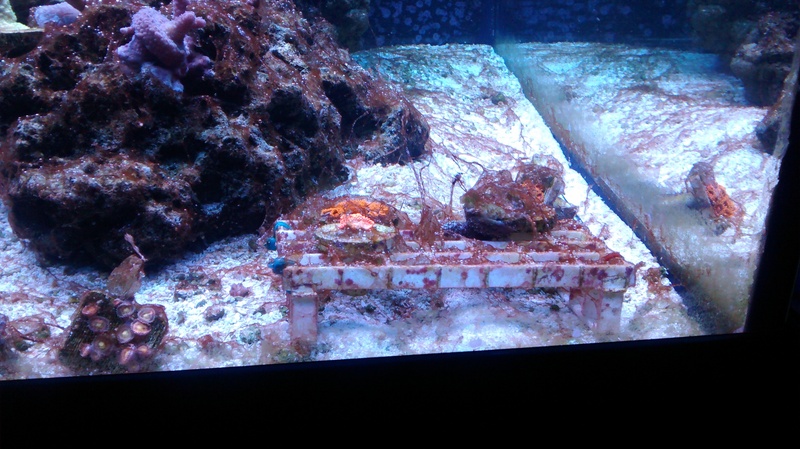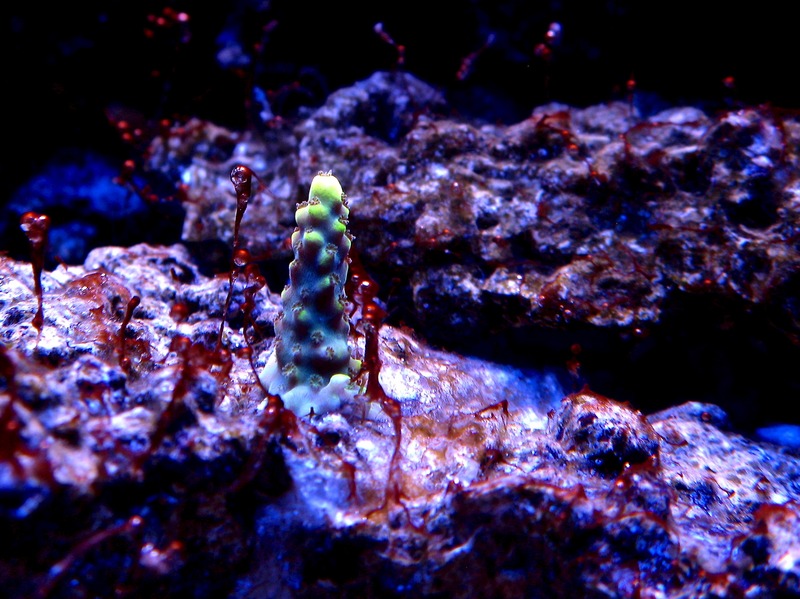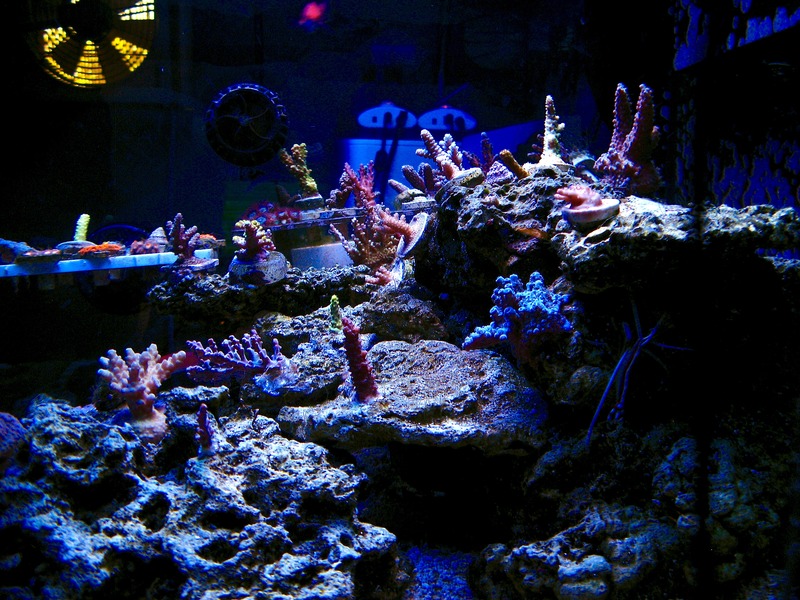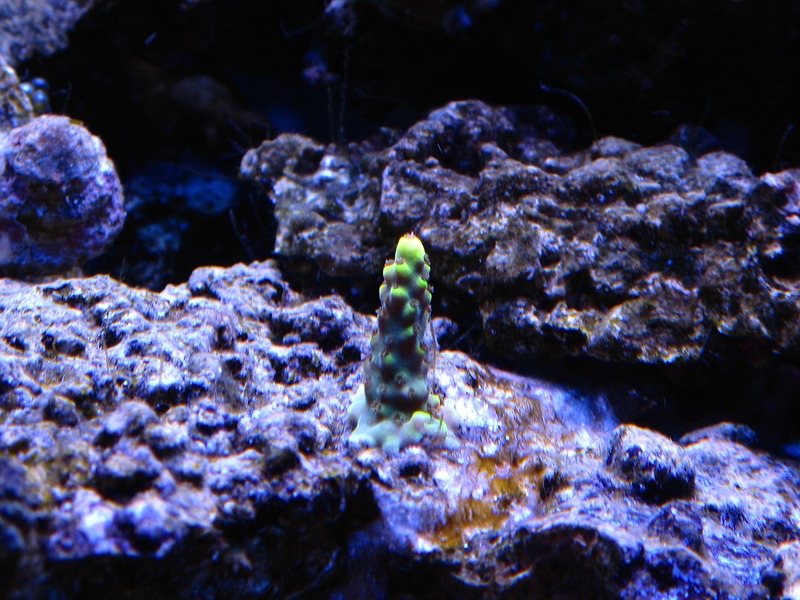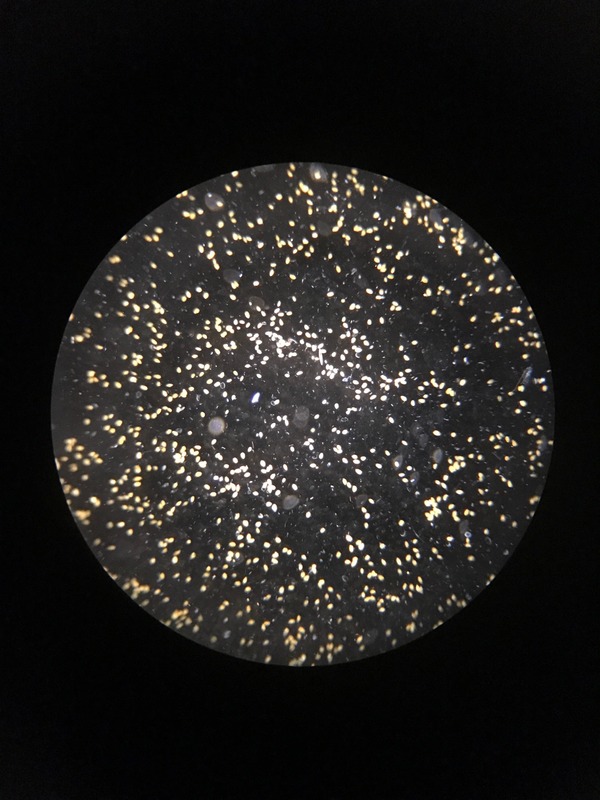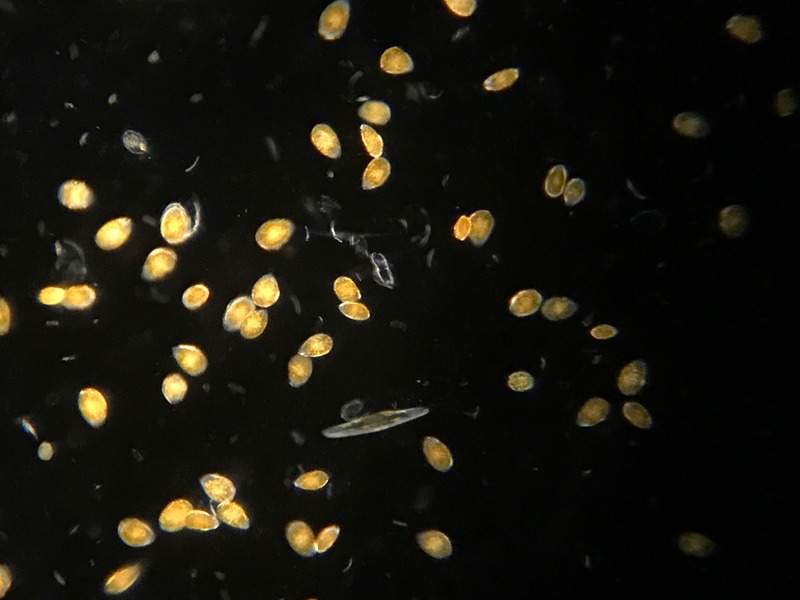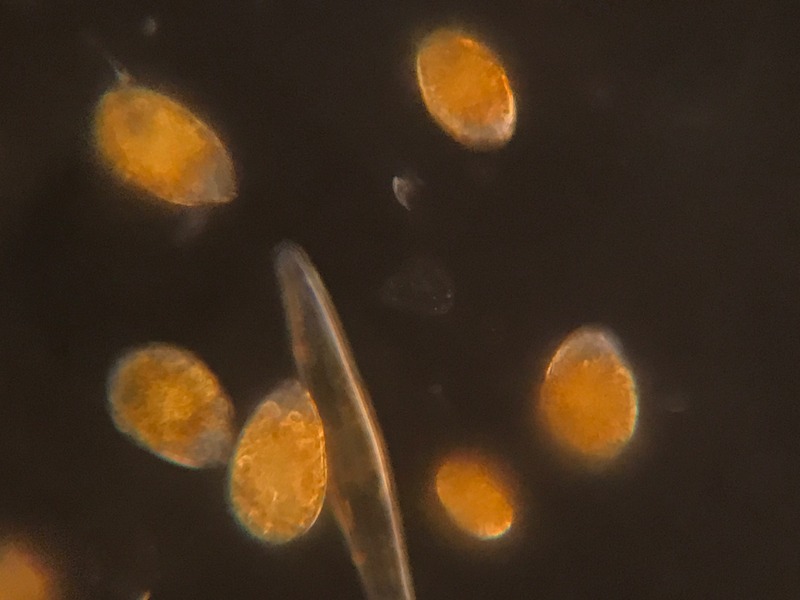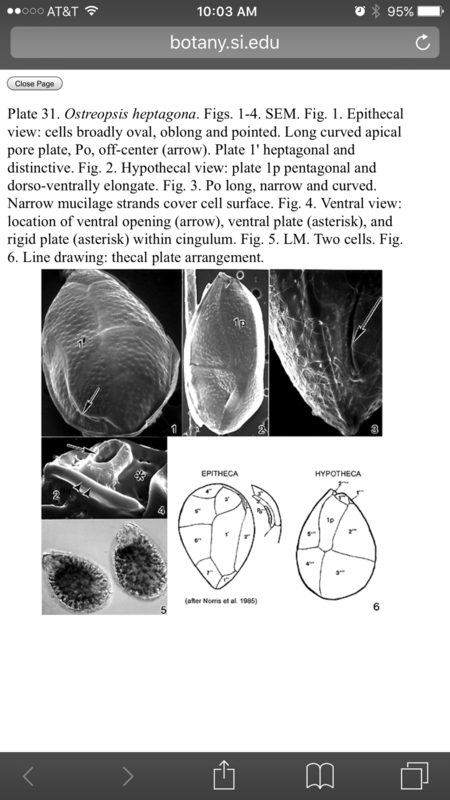I'm not familiar with the bio mate.
The cyano clean I would stop.
With one of those products you may be feeding the Dino's with a carbon source like it was a bacteria.
The coral snow I belive kind of binds organics to keep the tank clean. I do forget how that works.
The cyano clean I would stop.
With one of those products you may be feeding the Dino's with a carbon source like it was a bacteria.
The coral snow I belive kind of binds organics to keep the tank clean. I do forget how that works.





